Accessibility of Elections
A few months ago, Whitney Quesenbery reached out to VIP to see if I would be willing take part in the Accessible Voting Technology Initiative. The goals behind this initiative are best explained in their own words:
The Accessible Voting Technology Initiative is working to:
Understand the barriers and facilitators to voting for people with disabilities
Identify gaps where current technology fails to fill user needs and where new solutions can have the most impact
Work to integrate these changes into the current election environment.
Having no experience on the topic of accessibility in elections, I was both terrified and eager to learn. Thankfully, the participants allayed my fears by being both knowledgeable and exceedingly nice. We were divided into four teams. The organizers gave each team a set of personas and asked them to create solutions for one of four problems:
Pre-Election Information
In-Person Voting
Remote Voting
Ballot Design
My team aimed to solve the issues around the dissemination of Pre-Election Information. We saw the pre-election data as fragmented, unnecessarily complex and often ill-timed in getting to the electorate. While we brainstormed possible solutions to the problems, two extremely talented industrial design students, Donald Burlock and Basheer Tome, busily sketched storyboards representing our ideas. The solution on which we settled was to develop a National Standardized Framework for voter registration, locations of polling places, sample ballots, and information. After the first day ended, Donald and Basheer went to work on a poster that captured and communicated all of our ideas.
Though I learned that there is so much more to be done to make elections accessible for everyone, the work VIP is doing is so important. The data we aggregate from the states is reduced into it’s most accessible state, centralized and made easy for developers to access and disseminate in myriad ways. As VIP continues to expand to include data from all states, we can investigate what data is captured in regards to accessibility, look for common patterns and attempt to establish a format to allow for granular access based on a voter’s needs. Our work aims to make elections more navigable to voters and that includes all voters.
This workshop was the first of two before an open call for grants, which will help fund implementations of some of the solutions. Helping change elections is not limited to the attendees of this workshop. ITIF and EAC created a challenge on openIDEO that asks the question: How might we design an accessible election experience for everyone? Even if you don’t understand all of the variables in the equation, I encourage you to contribute. Your contribution may positively affect someone’s life.


